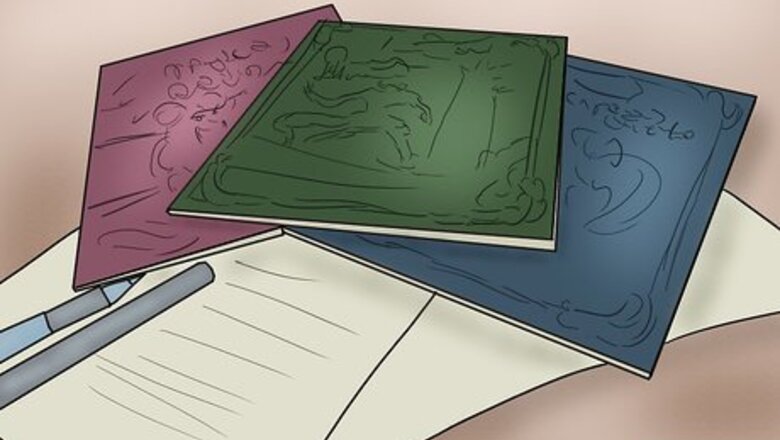
views
X
Research source
Many times these creatures serve a symbolic function. Examples of well-known mythological creatures include mermaids, trolls, fairies, dragons, unicorns, and centaurs.[2]
X
Research source
These types of creatures are an important part of culture, appearing in oral stories, books, movies, and video games. It can be fun and interesting to create your own mythological beast.
Giving Your Mythological Creature an Identity

Give your creature a purpose. Thinking about the purpose of your mythological creature can help you to shape the development and look of your beast. This is especially important if you are creating a creature as a part of a game. Will your creature be a background part of a fantastical environment you want to create, a mount for a hero figure, or a fighter? Many mythological creatures have specific vocations or relationships to other creatures in a universe. Decide if you want your creature to be a companion to a creature that already exists. Discover the role you want your new creature to play in your mythology.
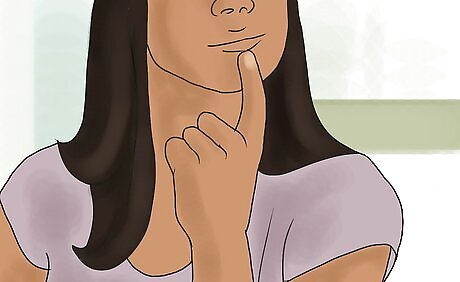
Consider the personality traits of your creature. In addition to specific purposes, many mythological creatures also share certain moral and personality traits within their species. Think about what you want your creature to be like. Do you want your creature to be good or bad? Do you want it to be a singular, solitary beast, or do you want to create a legion of these creatures? For example, in Lord of the Rings, orcs were created as a dark, twisted mockery of elves and used in Sauron’s army. What will the intelligence level of your creature be? Do you want it to be a trickster or strong but simplistic? Do you want it to be always good or self-serving?

Assign your creature specific abilities. Based on the role you want your mythological creature to play in your fantasy universe, you need to give them attributes that will help them in that role. It can help to write down a list of attributes, and then narrow down that list to those essential for your creature. Some possible supernatural abilities include: Shape-shifting: the ability to change appearance at will Superb strength: a supernatural level of brute strength Flight: the ability to fly Underwater breathing: the ability to swim and breathe underwater Healing: the ability to heal wounds or sickness Foreshadowing: the ability to foresee or predict future events Climbing: the ability to scale walls or climb other tall structures without equipment Immortal: able to live forever
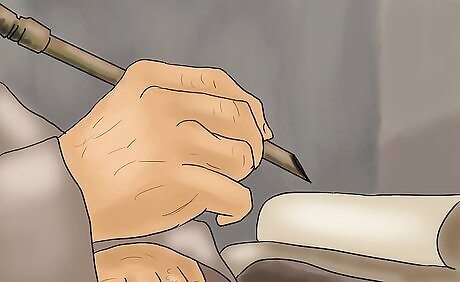
Name your creature by using ancient words. To bring your creature into existence, you need to give it a name. Your name can be just a word that you like, or it can have a connection with your creature’s abilities or physical attributes. Consider using Latin or Greek in your name. Many fantastic creatures in mythology have Latin or Greek-based names. Using ancient language is a way to name your creature based on attributes without the name sounding silly. For example, in Latin, the word “inpennatus” means feathered. So, if your creature can fly, you might name it Inpennatus, or a variation of the word, like Pennatus.
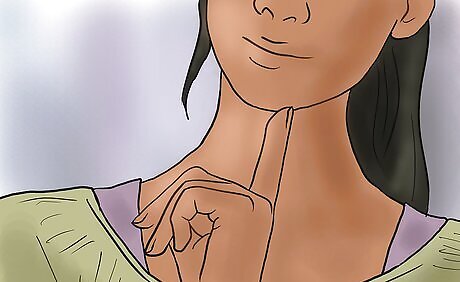
Create your own unique name for your creature. If you don’t want to name your creature using Latin or Greek word roots, you can make up an entirely new word to use as a name. One way to create a unique name for your creature is to make an anagram of one of its attributes. This simply means rearranging the letters of the word. For example, if your creature is a fighter, you might rearrange the letters in the word “fighter,” and call your creature a Rheftig. If you find it difficult to come up with names of your own, try an online name generator. These can help you find unique mythological names quickly.
Creating the Look of Your Mythological Creature
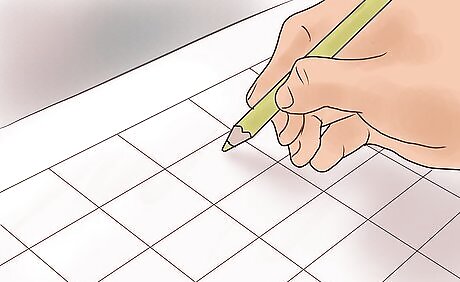
Think about the scale of your mythological creature. The size of your creature is a large part of its overall look. Whether your creature is large or small will be largely based on how you want others to perceive the creature. It can also correlate to the attributes you chose for your creature. For example: If you envision your creature to be a trickster or as being very sneaky, you might want to make it smaller in stature, like a leprechaun or an elf. If your creature has an attribute like supernatural strength, you may want it to be large in size to show off this attribute. Give your creature a surprising attribute. For example, a small creature with super strength could be surprising and advantageous.

Consider texture and animal-like attributes. Many mythological creatures take on aspects of multiple normal animals, and thus become a more formidable composite creature. For example, the majestic hippogriff has the front half of a gryphon and the back half of a horse. Centaurs have the upper body of a human and the lower body of a horse. Think about the traits of your creature. If your creature is strong and a fighter, consider giving it a physical trait from a strong creature like an eagle, snake, or alligator. If your mythological creature has wings, decide what sort of wings you want them to be. Do you want feathered wings, bat-like wings, wings with scales, or insect wings? Do you want your creature to have scales, smooth skin, fur, or feathers on its body?

Decide on a color for your mythological creature. Once you have determined the body type of your creature, you want to assign it a coloring. This might be a singular color or multiple colors. This coloring might be glossy or matte. Take the function of your creature into account. For example, if you want your creature to be camouflaged in its environment, you may want to give it a neutral color. A vibrant coloring, on the other hand, can show off its attributes and make your creature stand out. For example, the phoenix, also known as the firebird, has a bright orange and red coloring, which matches its name and abilities.
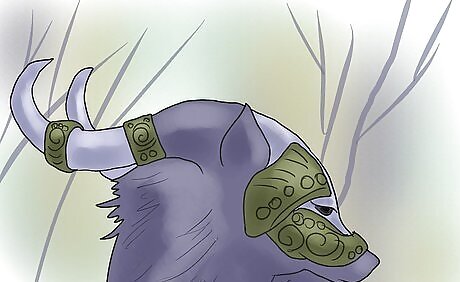
Create accessories for you mythological creature. As well as creating the look for your mythological creature, you can also add on to their overall abilities and look with accessories like clothing and weapons. Consider armor. Will your creature’s armor be purely natural, like scales, or do you also want to create something for you creature to wear? If you do want to accessorize your creature, think about what material and color you want these accessories to be.
Bringing Your Mythological Creature to Life on Paper
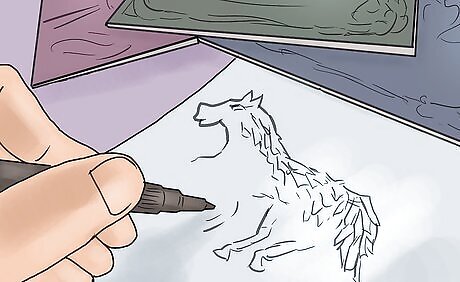
Sketch your creature. This will help you to see your finished creature as you envisioned it. You can draw with a pencil on paper or sketch your creature digitally. Take your time when you sketch your creature. Sketch it from multiple different angles to show off its various physical traits. Be sure to label the creature with its name. If you can't draw, ask someone to draw it for you. Alternatively, find similar pictures online and trace over them.
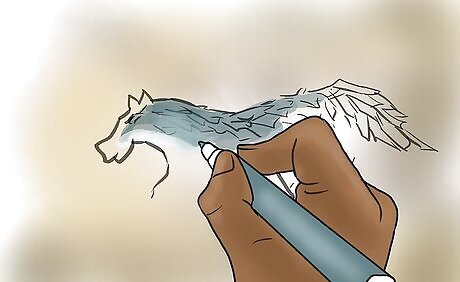
Add color to your sketch. Color will bring life to your mythological creature. You can use it to add detail to your drawing. With color, you’ll be able to see your full vision for your creature drawn out on paper. Use markers, crayons, or colored pencils for simple, mess-free color. If you want to create a more complex type of artwork, try using paints. Oil, acrylic, and watercolor will all work for your project. Alternatively, scan your image into the computer and paint it digitally using an image editing program, such as Photoshop.

Write about your mythological creature. Storytelling is an essential part of mythology and bringing your creation to life in your mythological world. Start by simply writing down all of your creature’s abilities. Give your creature an origin story, or even multiple alternate origin stories. This is simply an account of where the creature originated. For example, by one account in Greek mythology, centaurs came into being when Ixion fell in love with the wife of Zeus, Hera. Ixion arranged to meet with Hera, but Zeus found out and formed a cloud into the shape of Hera. When Ixion embraced the cloud form, centaurs were made from the union. In addition to origin stories, you can also create stories of the journeys your creature has gone on, and/or the battles it has fought.

Weave your mythological creature into a larger narrative. You’ll have to decide whether you want to add your mythological creature to the lore of a world that already exists in a book, movie, or game, or create your own world. Write about how your creature relates to others in the world you choose. Does it have specific allies or enemies? Think about communication. What type of language does your creature have? What is its personality temperament? You can write stories, lists, or create graphic style artwork to weave your creature into a larger mythology.



















Comments
0 comment